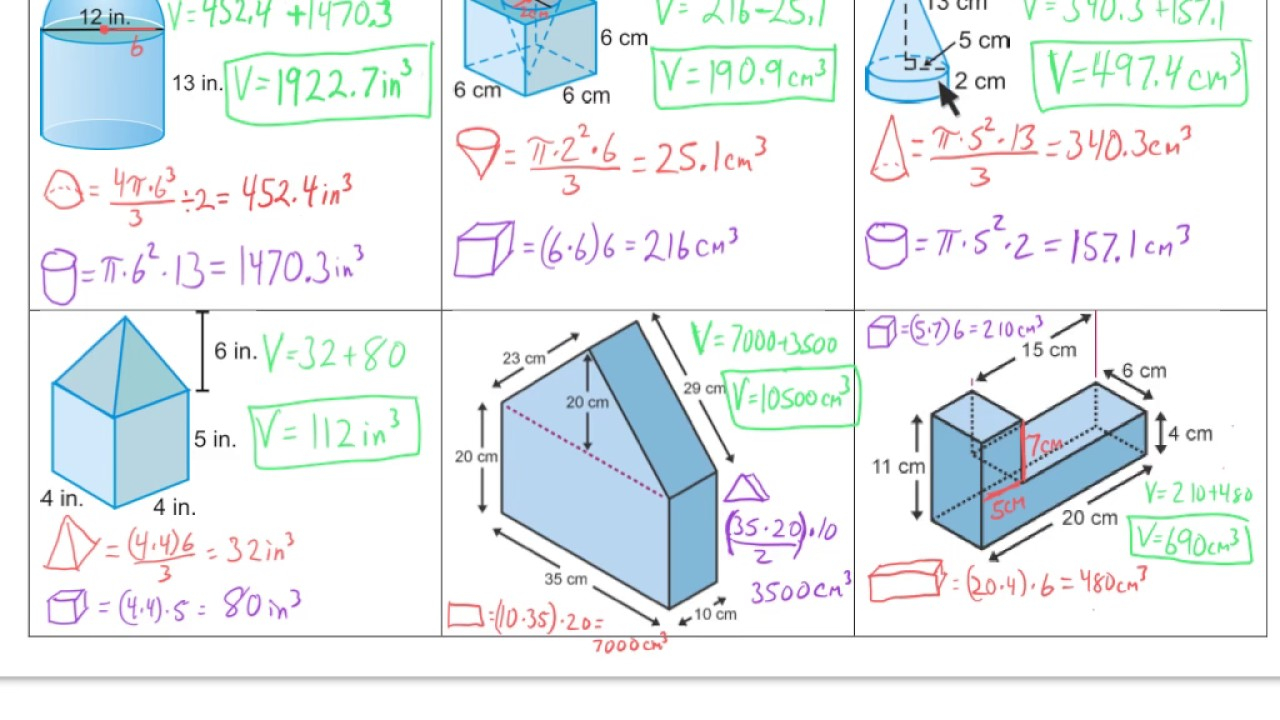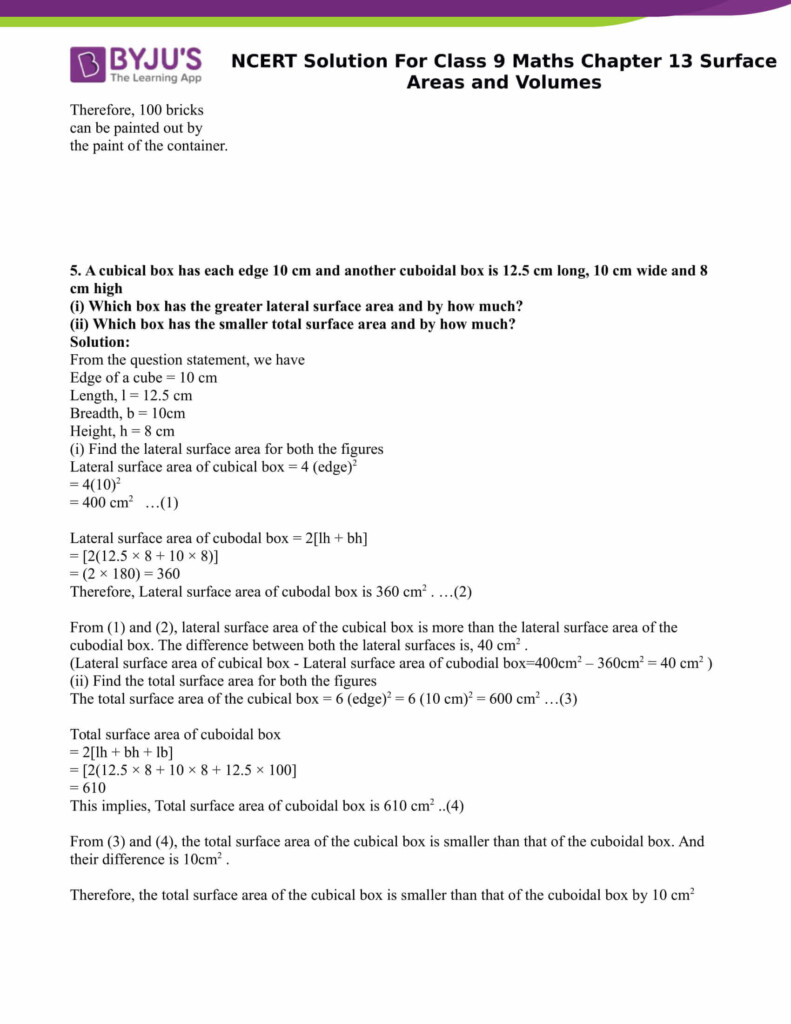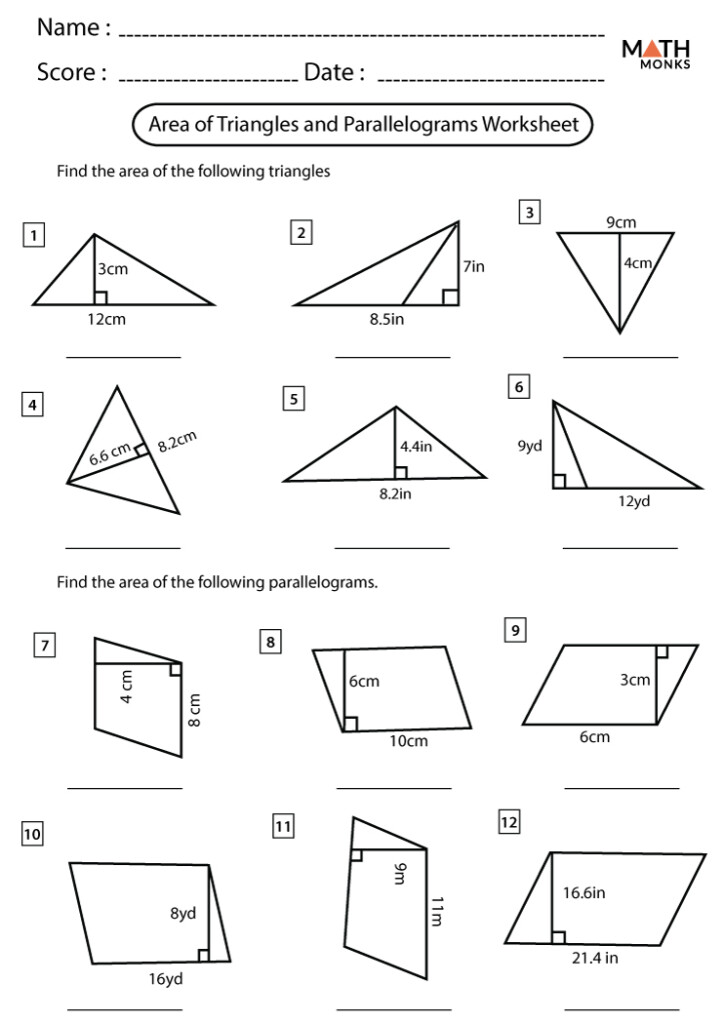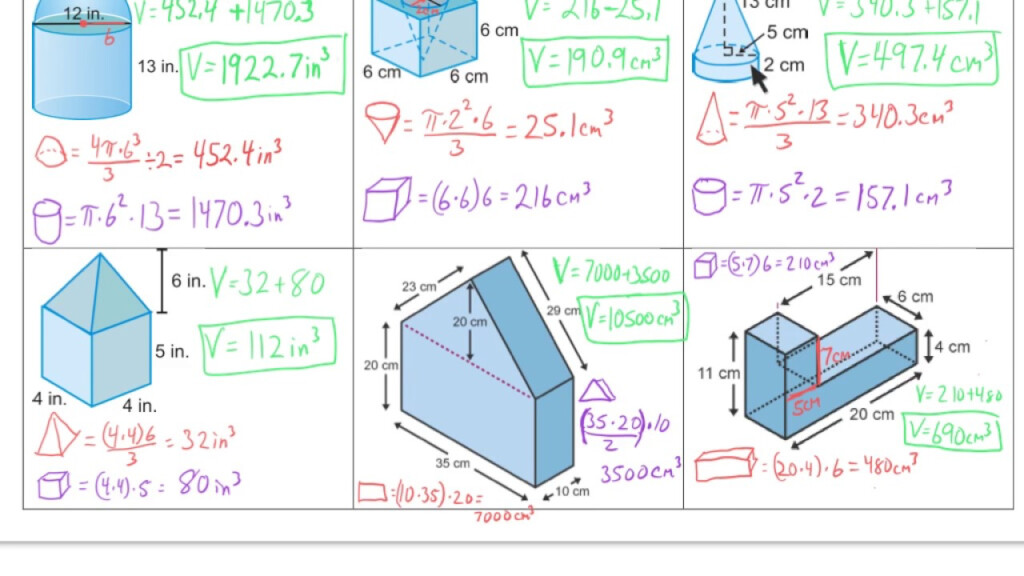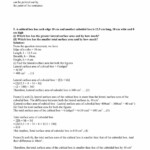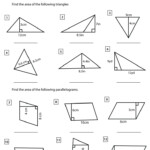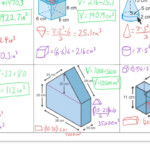11.1 Areas Of Triangles And Parallelograms Worksheet Answers – Triangles are among the most fundamental patterns in geometry. Understanding the concept of triangles is essential for developing more advanced geometric ideas. In this blog post we will look at the various types of triangles, triangle angles, how to determine the size and perimeter of a triangle and will provide the examples for each.
Types of Triangles
There are three kinds in triangles, namely equilateral, isosceles, and scalene.
- Equilateral triangles have three equal sides and three angles of 60 degrees.
- Isosceles triangles have two equal sides and have two equal angles.
- Scalene triangles have three sides as well as three angles.
Examples of each type of triangle will also be provided.
Triangle Angles
There are three angles in an arc: acute right, and obtuse.
- Acute angles are angles that are less than 90 degrees.
- Right angles are 90 degrees.
- Obtuse angles are those that are greater than 90 degrees.
An example of each angle will be shown.
Perimeter of Triangles
The perimeter of any triangle is the sum of lengths along its three sides. To determine its perimeter for a triangle, one adds the lengths of the three sides. The formula for the perimeter of the triangle is
Perimeter = Side A + Side B + Side C
Examples of how to calculate the perimeter of an triangle will be explained using different triangles.
Area of Triangles
The area of a circle is the quantity of space contained in the triangle. To calculate the size of a circle, you will need to know the length of the base as well as the height of the arc of the circle. The formula for calculating the size of the triangle:
Area = (Base x Height) / 2
A few examples of how to calculate the area of a triangle will be provided using different triangles.
Conclusion
Understanding the importance of triangles is a crucial part of learning geometric. Knowing the different types of triangles, angles, as well as how to determine the size and perimeter of a triangle can help solve more complicated geometric problems. By using our extensive triangle worksheets, you can improve your understanding of these important principles and improve your geometry proficiency to the next stage.
